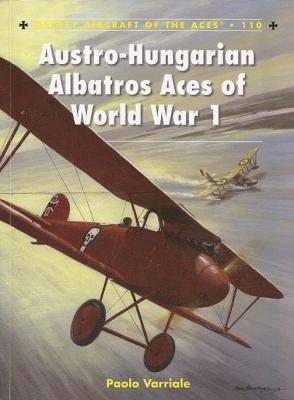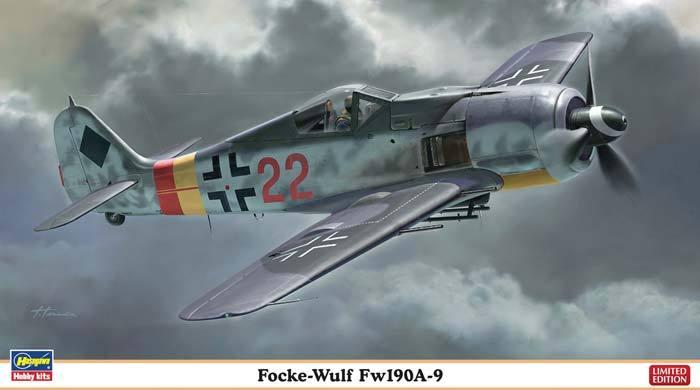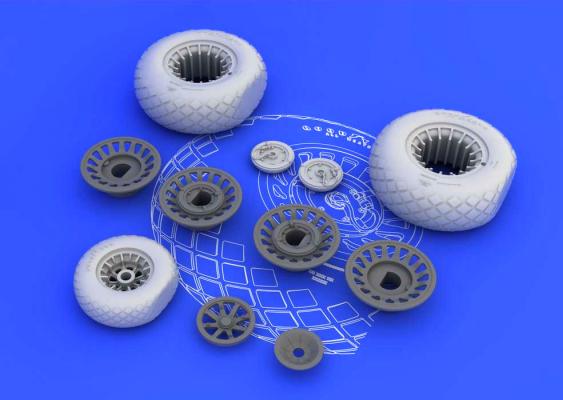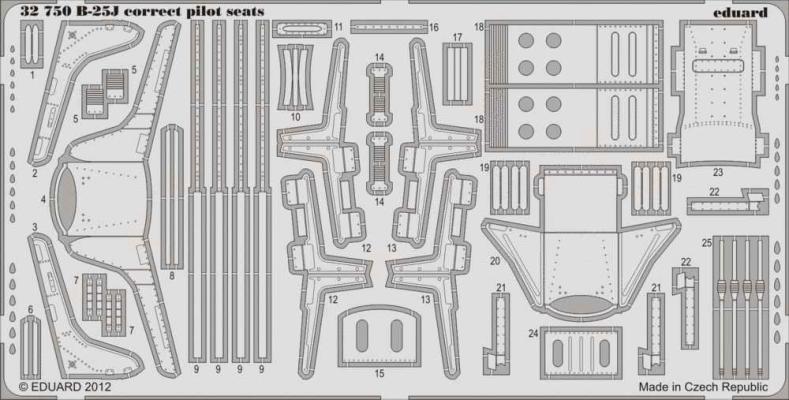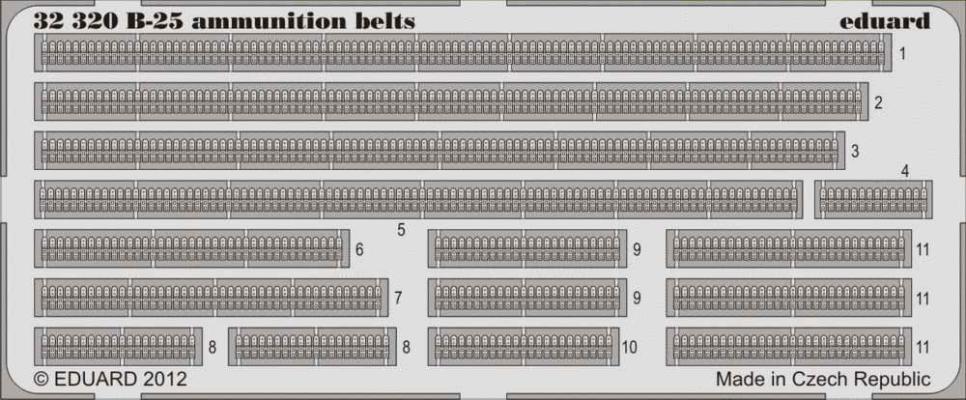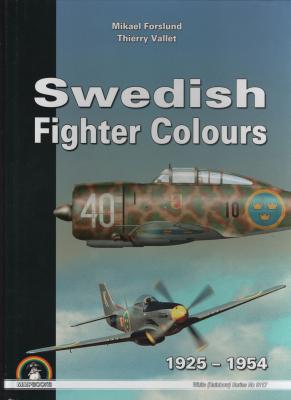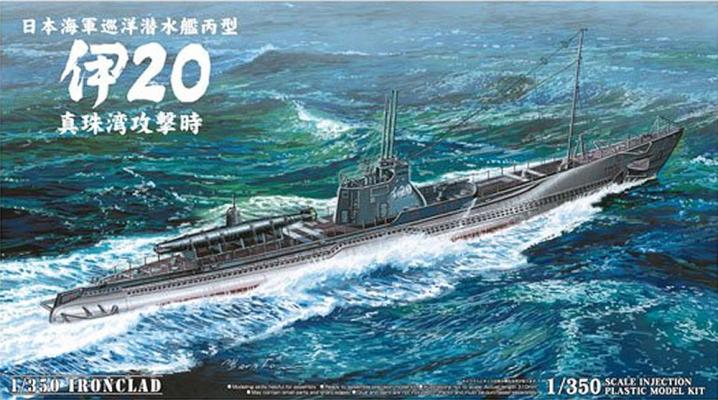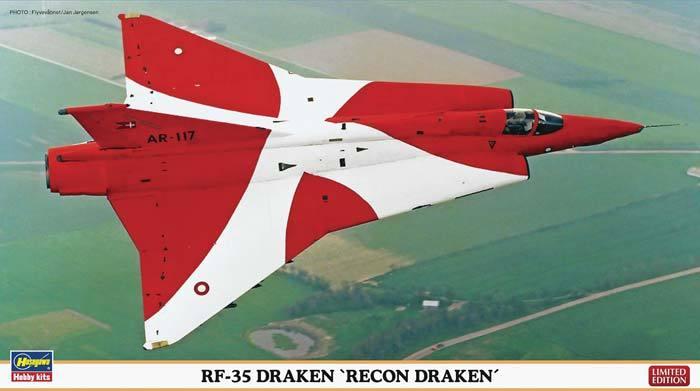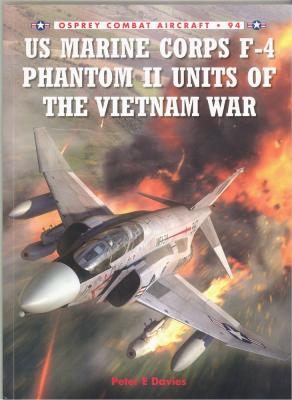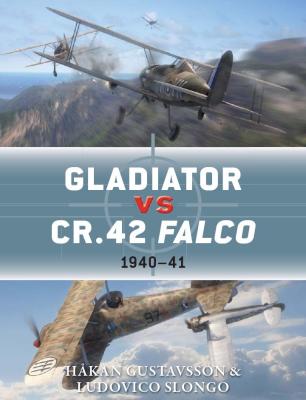History
The Austro-Hungarian Army Air Service operated various types of aircraft during their combat operations against the Italians, Russians, Rumanians, and Albanians, and for the most part their equipment was not particularly state-of-the-art. On the Italian side, while some Italian designs were used, many of the aircraft they faced were the latest designs from France and Britain, some flown by British pilots. The Austrians never had adequate resources to prosecute the war in the first place as their aviation industry had been neglected before the war, resulting in only limited successes. They operated on a shoestring and did remarkably well, considering their limited resources.

